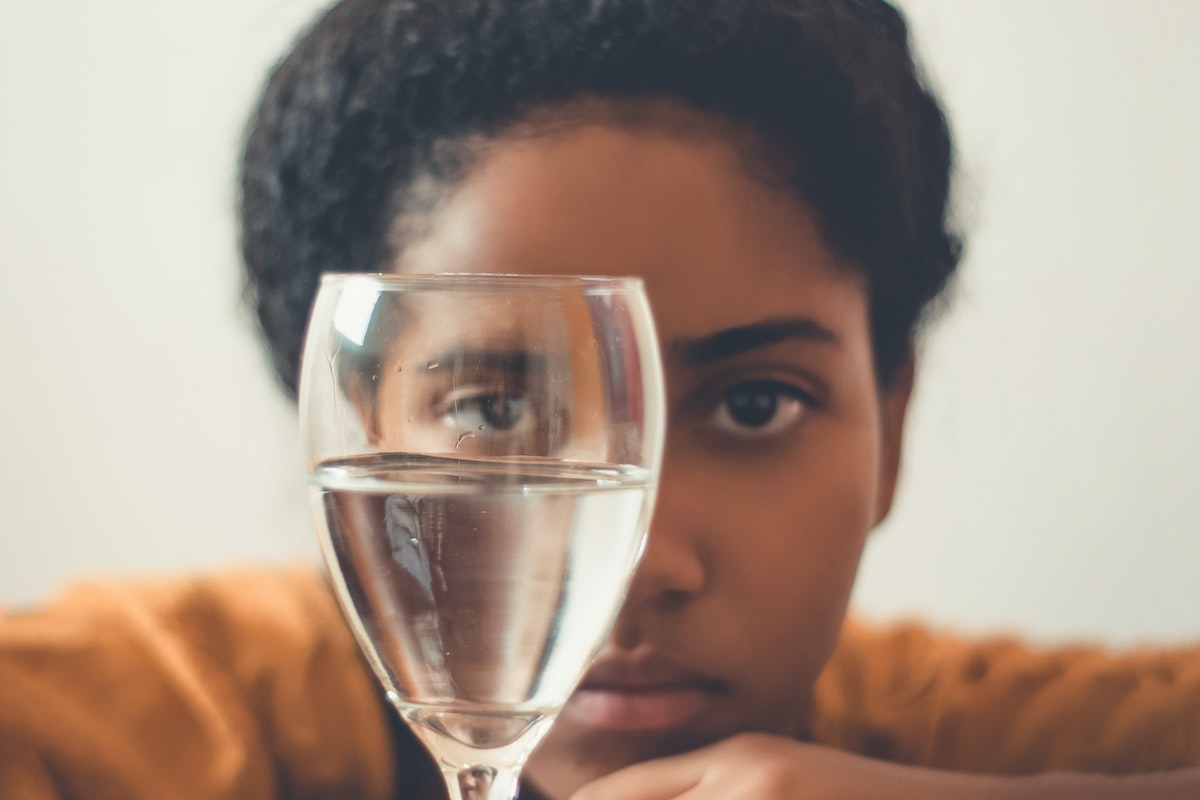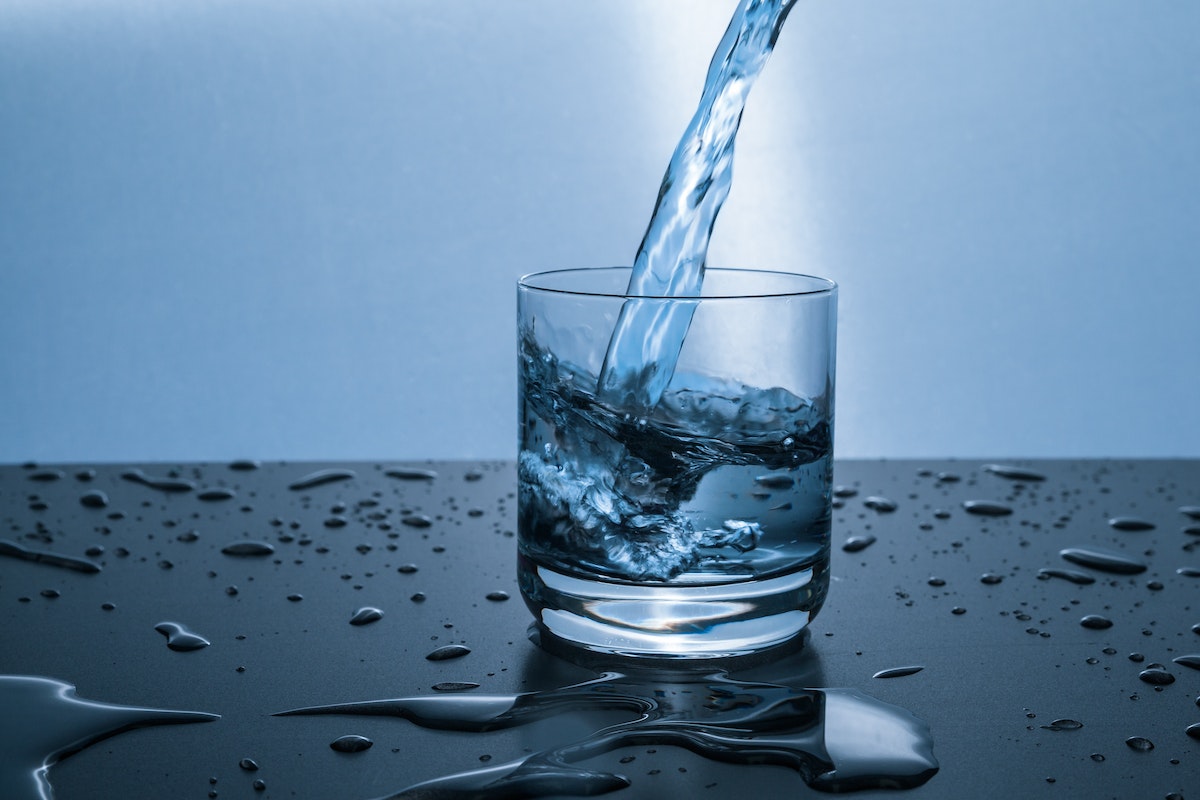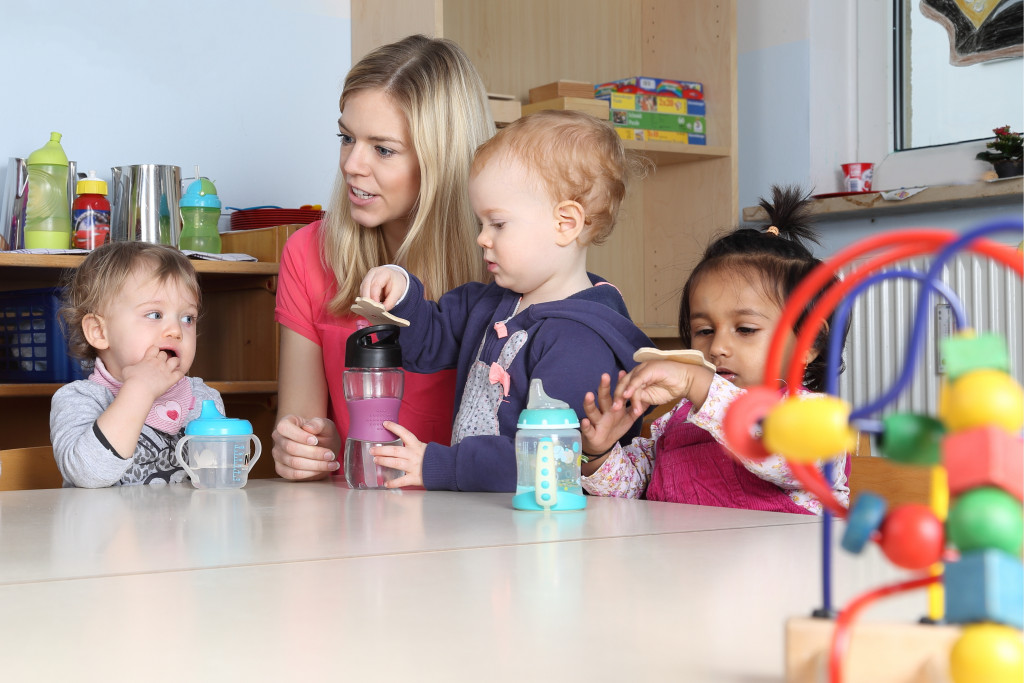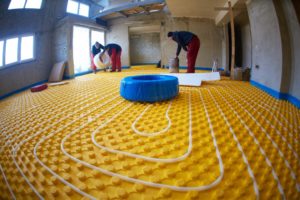- Understand your local water source and potential contaminants.
- Test tap water at least once a year for bacteria, lead, nitrates, and other harmful substances.
- Practice basic water safety measures such as washing hands with soap, using cold tap water for drinking, and avoiding outdoor taps.
- Set hot water heater to 20 degrees Fahrenheit or lower to reduce the risk of scalding.
- Store drinking water safely in an airtight container away from potential contaminants.
Ensuring your kids’ drinking water safety and quality is paramount as a parent. Clean and safe drinking water is essential for their overall health and well-being. This guide will explore five easy ways to ensure safe drinking water for your kids. From understanding water sources to implementing effective filtration methods, these tips will help you provide your children with the cleanest and safest drinking water possible.
1. Know Your Water Source
It’s important to know the source of your tap water to understand its quality. Research and familiarize yourself with the local water supply system, including where the water comes from and any potential contaminants it may contain. In some cases, the water may come from wells, rivers, or reservoirs, while in other cases, it may be sourced from groundwater or treated at a municipal water treatment plant. Understanding your water source will give you insights into the potential risks and contaminants you must address.
2. Test Your Water Regularly

Regularly testing your tap water is an essential step in ensuring its safety. There are various water testing kits available that can help you identify common contaminants such as bacteria, lead, nitrates, and other harmful substances. Consider getting your water tested at least once a year or more frequently if you notice any changes in taste, odor, or color. Additionally, testing it for additional parameters such as pH levels, hardness, and mineral content is recommended if you rely on well water.
3. Implement Basic Water Safety Measures
In addition to testing, there are simple water safety measures you can implement to protect your kids. Start by teaching them the importance of washing their hands with soap and water before eating or handling food. Encourage them to use cold tap water for drinking and cooking, as hot water may contain higher contaminants due to the plumbing system. Make sure they are aware of not drinking water from unknown sources or outdoor taps. Consider using a cover or guard on outdoor faucets to prevent accidental ingestion of contaminated water.
Here are other basic water safety measures to implement:
Ensure Appropriate Temperature Settings
Ensure your hot water heater is set at 120 degrees Fahrenheit (49 degrees Celsius) or lower to reduce the risk of scalding and potential burns. This is also important for preventing bacteria growth, as most do not survive above this temperature.
Fix Leaks Right Away
A leaking pipe or faucet can cause increased contaminants in your home’s drinking water, so fixing any leaks right away is important. Take a look around your house for any damp spots on the walls that could indicate a leaky pipe inside the walls, and have them fixed before they become worse.
Store Safely

It’s important to store your drinking water safely, away from potential contaminants like dust or soil. Use an airtight container with a lid to store drinking water, and ensure it is not kept in direct sunlight or near any sources of heat or flame.
Boil Water
If you are unsure about the safety of your drinking water, boiling it will help kill any harmful bacteria present in the water. Bring the water to a rolling boil for at least one minute before using it for cooking, brushing teeth, or washing dishes. This simple step can go a long way in preventing illnesses caused by contaminated water.
4. Educate Your Kids about Hydration
Teaching your kids about hydration and the benefits of drinking water will instill healthy habits from an early age. Explain why water is essential for their bodies and how it helps them stay healthy and energized. Encourage them to carry a reusable water bottle and drink water throughout the day, especially during physical activities and hot weather. Make drinking water fun by infusing it with fruits or herbs to add flavor without consuming sugary beverages.
5. Invest in a Home Water Filtration System
Investing in a reliable home water filtration system is one of the most effective ways to ensure safe drinking water for your kids. A filtration system can remove contaminants, improve taste and odor, and provide peace of mind. Various filtration systems are available, such as activated carbon filters, reverse osmosis systems, and UV disinfection systems. Research and choose a filtration system that suits your needs, considering the specific contaminants you want to target and the system’s maintenance requirements.
In Closing
Investing in a home water filtration system is a proactive step toward providing safe drinking water for your kids. It removes potential contaminants and ensures that the water they consume is clean and free from harmful substances. By knowing your water source, regularly testing your water, implementing basic safety measures, educating your kids about hydration, and investing in a home water filtration system, you can have confidence in the quality and safety of your children’s water.



















